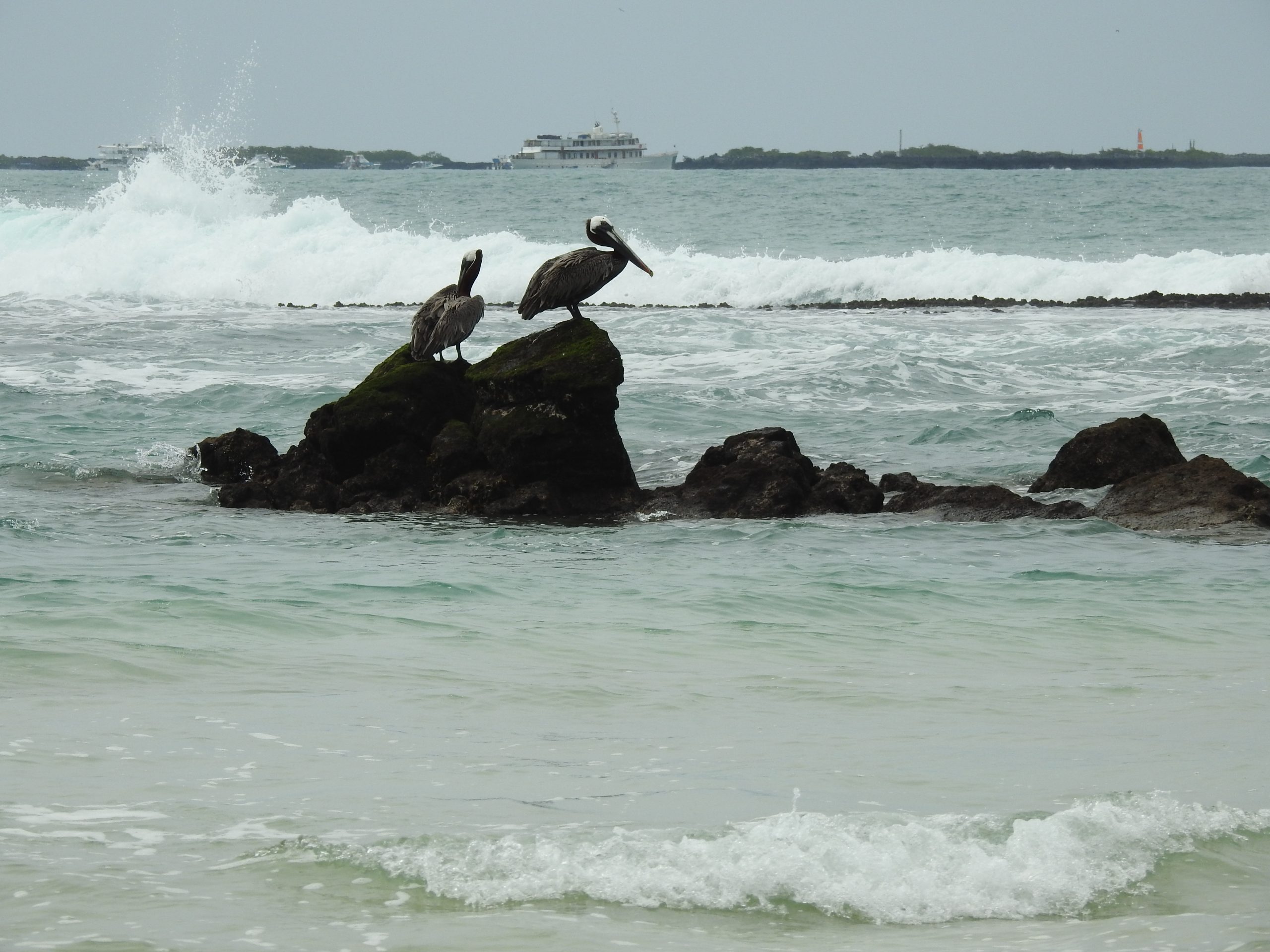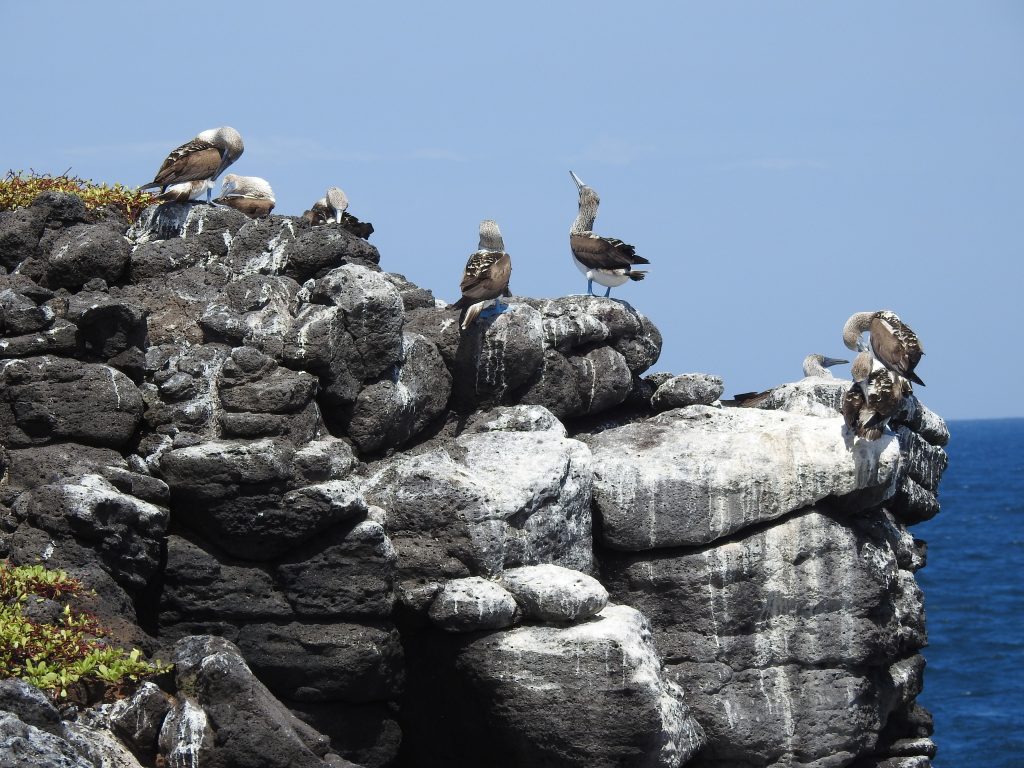
Galápagos Islands Travel Guide 2025
Galápagos Islands Travel Guide 2025: Updated Entry Fees & Essential Tips
The Galápagos Islands remain one of the most breathtaking destinations on the planet, offering extraordinary biodiversity, pristine landscapes, and unparalleled opportunities for adventure. Situated nearly 1,000 kilometers off the coast of Ecuador, this UNESCO World Heritage Site is a living museum of evolution, where visitors can witness species found nowhere else on Earth, from blue-footed boobies and marine iguanas to Galápagos giant tortoises and flightless cormorants. The archipelago is also home to some of the best snorkeling and diving locations in the world, where encounters with hammerhead sharks, manta rays, and sea lions are common.

Whether you’re embarking on a once-in-a-lifetime journey or returning to explore new islands, planning ahead is crucial. The Galápagos National Park has strict conservation regulations designed to protect its fragile ecosystem. Understanding the latest park regulations, entry fees, and visitor guidelines ensures a smooth and responsible travel experience.
In recent years, increased tourism and environmental challenges have led to stricter conservation policies and changes in fees to support wildlife protection efforts, research programs, and infrastructure improvements. In 2025, travelers should be aware of the latest updates regarding entry costs, sustainable travel practices, and the best times to visit.
This guide provides everything you need to know before visiting the Galápagos Islands in 2025, including the updated entrance fees, conservation initiatives, must-visit locations, and essential travel tips to ensure your trip is not only unforgettable but also environmentally responsible.
Galápagos National Park Entrance Fees (2025 Update)
Effective August 1, 2024, the entrance fee for the Galápagos National Park has been increased:
- $200 for international adult visitors
- $100 for children under 12 (international visitors)
- $100 for South American nationals (CAN countries: Colombia, Peru, Bolivia)
- $50 for children from CAN countries
- $6 for Ecuadorian adults and $3 for Ecuadorian children
The fee must be paid in cash upon arrival at Baltra (GPS) or San Cristóbal (SCY) airports.
Why Did the Entry Fee Increase?
The Galápagos Islands’ fragile ecosystem requires continuous conservation efforts. The additional funds will support:
- Wildlife protection programs for endemic species like giant tortoises, blue-footed boobies, and Galápagos sea lions
- Eco-friendly infrastructure projects to manage tourism impact
- Stricter conservation regulations to prevent invasive species from disrupting the delicate ecosystem

What You Need to Enter the Galápagos Islands
Before boarding your flight to the Galápagos from Quito (UIO) or Guayaquil (GYE), you must:
- Obtain a Transit Control Card (TCT) – Cost: $20 (purchase at the airport)
- Have a valid passport (for international travelers)
- Show proof of accommodation and itinerary
Travelers who book with a licensed tour operator, such as Ecuador Eco Adventure, can streamline this process and ensure all requirements are met.
Best Things to Do in the Galápagos in 2025
Santa Cruz Island: Giant Tortoises and Lava Tunnels
- Charles Darwin Research Station: Learn about tortoise conservation efforts
- Rancho Primicias: Walk among free-roaming giant tortoises in their natural habitat
- Tortuga Bay: Snorkel with marine iguanas and relax on one of the world’s most stunning beaches
San Cristóbal Island: Snorkeling and Diving Paradise
- Kicker Rock (León Dormido): One of the best dive spots in the Galápagos, home to hammerhead sharks, sea turtles, and manta rays
- La Lobería: Swim with playful sea lions in crystal-clear waters
- Interpretation Center: Discover the fascinating human history of the islands
Isabela Island: Volcanoes and Marine Life
- Sierra Negra Volcano: Hike one of the largest volcanic craters in the world
- Tintoreras Islet: See white-tip reef sharks, Galápagos penguins, and sea turtles up close
- Los Túneles: Snorkel through lava tunnels filled with rays, sharks, and colorful fish
Bartolomé Island: The Most Iconic View
- Climb to the top of Pinnacle Rock for the most famous panoramic view of the Galápagos
- Snorkel with Galápagos penguins in the turquoise waters
Sustainable Travel: How to Protect the Galápagos
The Galápagos Islands are a UNESCO World Heritage Site, and tourism must be eco-friendly and sustainable. Follow these rules:
- No single-use plastics (banned in the islands)
- Keep a two-meter distance from wildlife (no touching or feeding animals)
- Use reef-safe sunscreen to protect coral reefs and marine life
- Stay on marked trails to avoid disturbing delicate habitats
Planning Your Trip: What You Need to Know
Best Time to Visit the Galápagos in 2025
- December – May: Warm waters, calmer seas, and active wildlife (great for snorkeling)
- June – November: Cooler waters bring incredible marine life, including whale sharks and penguins
Booking in Advance: A Must for 2025
Top tours such as:
- Bartolomé Island day trips
- Snorkeling at Los Túneles
- Diving in Gordon Rocks or Kicker Rock
Sell out months in advance. Planning ahead is essential to secure your spot.
Final Thoughts: Why Visit the Galápagos in 2025?
Despite the increased entry fee, the Galápagos Islands remain one of the most extraordinary places on Earth. The additional cost directly funds conservation efforts, ensuring that future generations can enjoy these pristine landscapes.
By choosing an eco-friendly tour operator, following sustainable travel practices, and booking in advance, travelers can enjoy a once-in-a-lifetime adventure while supporting responsible tourism.
For customized Galápagos tours and expert guidance, contact Ecuador Eco Adventure today to start planning your trip.

